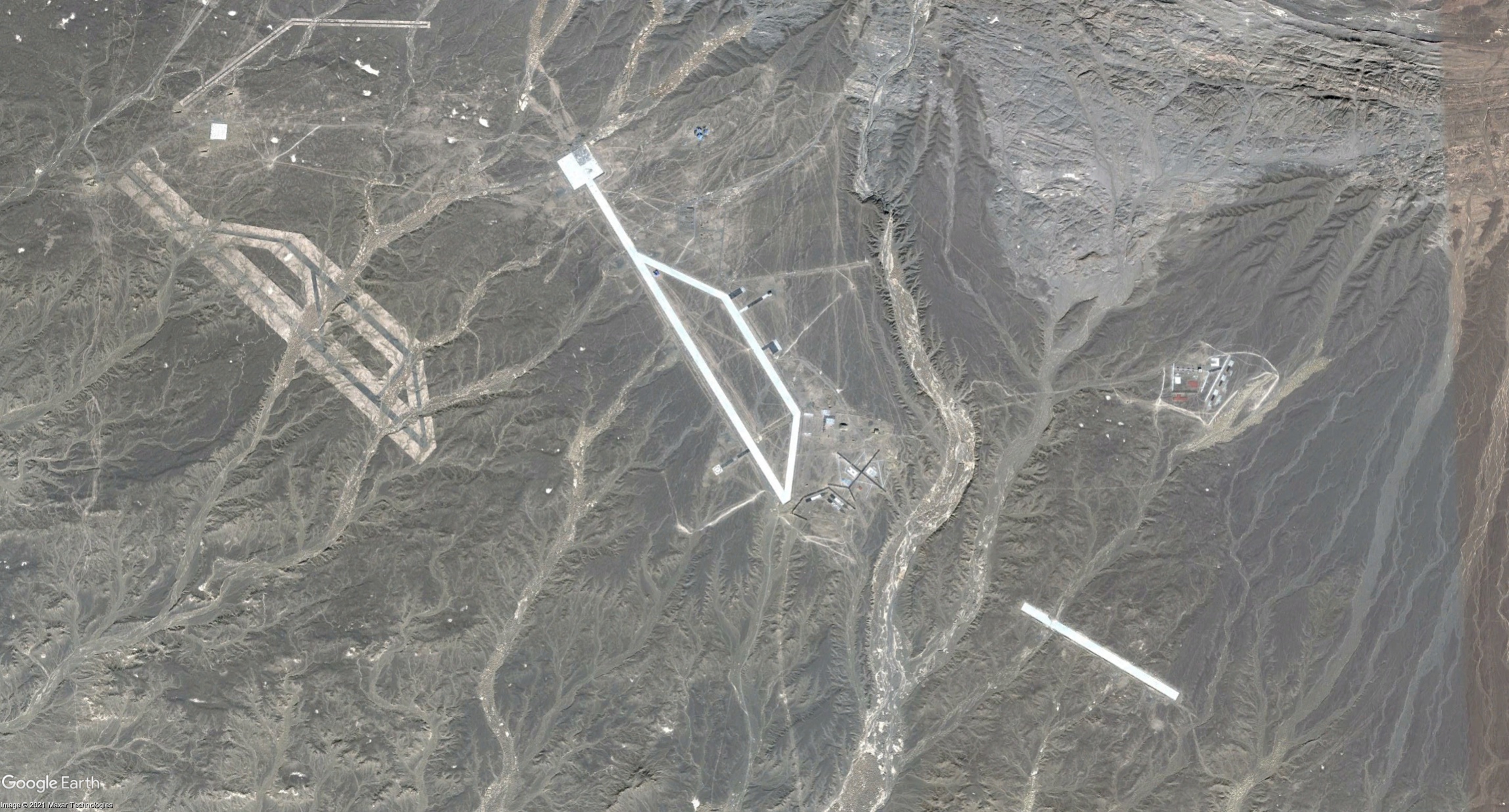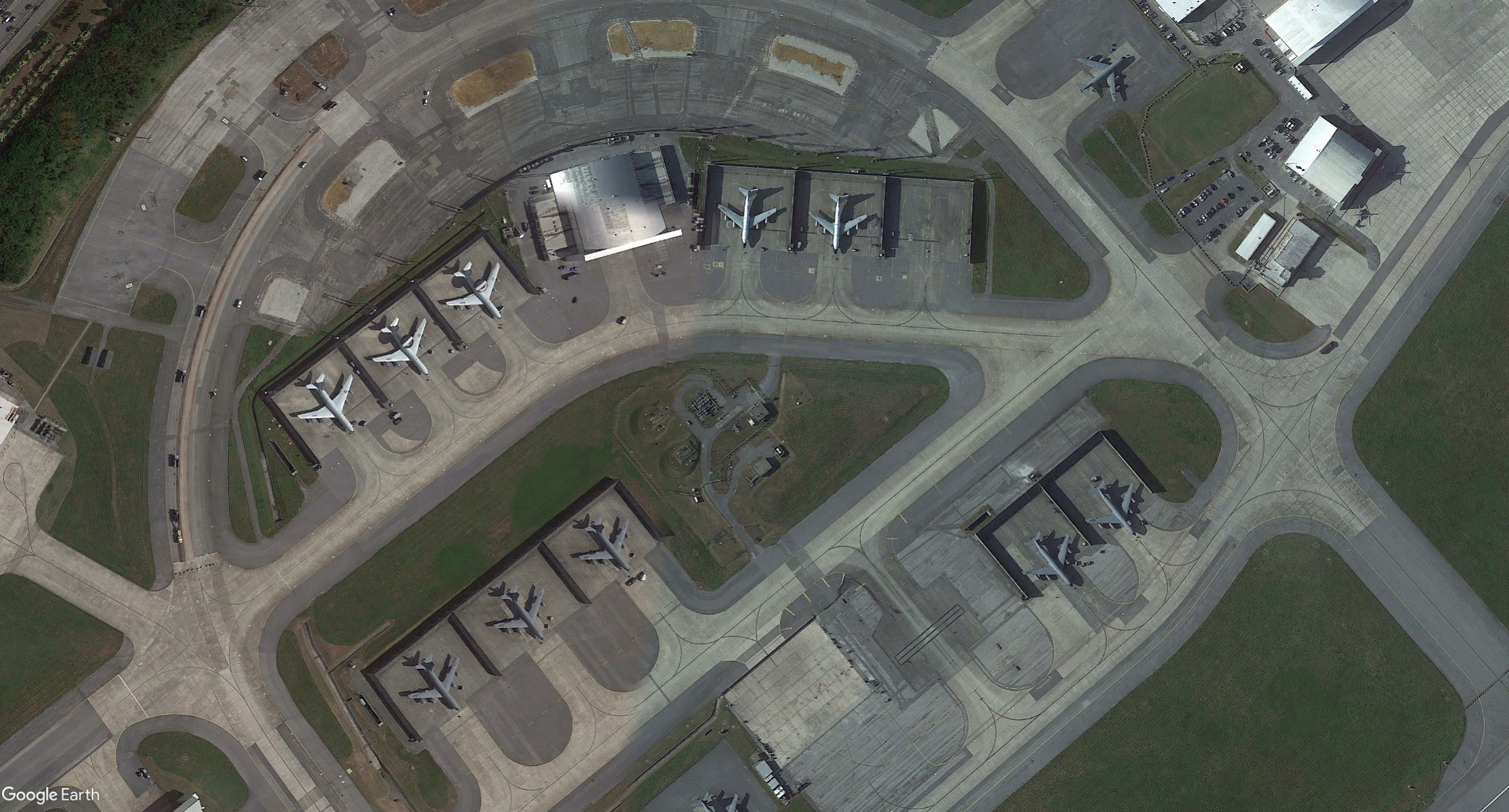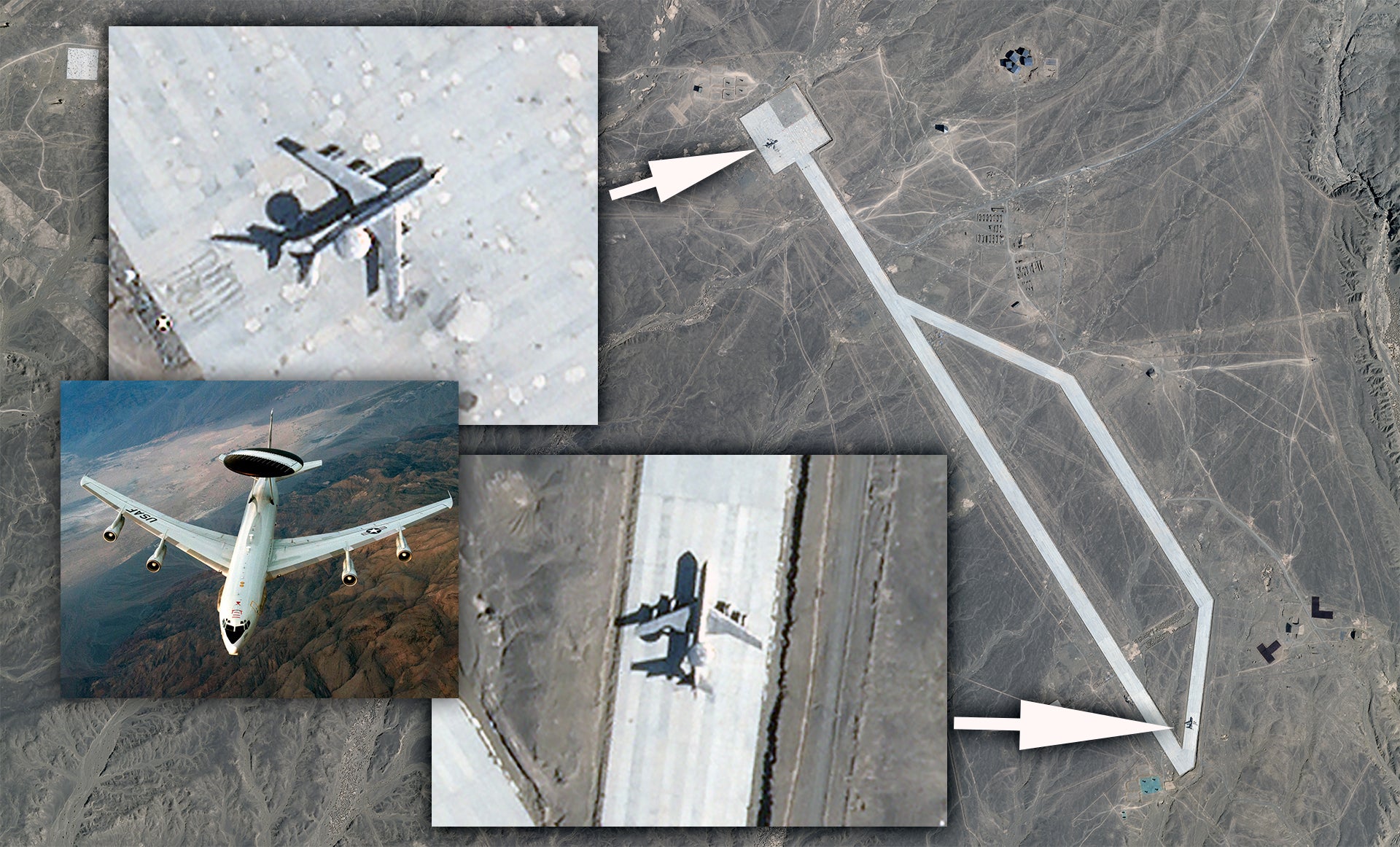Concerns over China’s rapidly evolving high-end military capabilities have hit a crescendo in recent weeks. The massive expansion of its strategic arsenal, the test of a fractional orbital bombardment-like system, the emergence of a two-seat J-20 and carrier-capable FC-31 derivative — both stealth fighters — along with the real potential for new, more advanced combat aircraft types on the horizon, are just some the developments that have grabbed headlines as of late. Even more recently, the discovery of massive moving targets in China’s vast desert expanse that emulate American warships has added to the pile.
Many of these revelations came via the use of satellite imagery. What was the niche of just a few of us OSINT (Open Source Intelligence)-focused reporters has become a race to identify anything new pertaining to China’s military developmental activities via spacial imaging — for better or worse. Some of these ‘discoveries’ are far more mundane or even misanalyzed than others, but more eyes on the case are always better than less. Now, we would like to add another entry to this ongoing public space imaging intel feeding frenzy — China’s apparent use of two E-3 Sentry Airborne Warning And Control System (AWACS) mockups on its impact range used for testing advanced missile technology.
Images The War Zone obtained from Planet Labs (seen at the top of this article) dated Aug. 28, 2021, show two full-size E-3 mockups sitting on the main runway-like target that is part of one of the most well-established weapons testing range complexes in China’s Gobi Desert. It’s the same area that saw the emergence of ship and pier-like shapes used for ballistic missile development in the last decade and a half. Today, many of those features have been dismantled as the aforementioned higher fidelity targets have taken their place in the same general region.

After we found the E-3 mockups, we searched to see how long they had been there. In those efforts, we came across a report from the Center For A New America Security by Thomas H. Shugart III that was released in February 2021. It pointed out one faux E-3 located on the impact range. It isn’t clear how long the mock Sentry has been there, but based on our review of low-resolution satellite imagery, it is likely a number of years, with the second one arriving much more recently.
Nobody does full-scale mockups of potential foes’ infrastructure and assets like China. Their largest base is used for high-fidelity training and includes a full-scale representation of Taiwan’s Presidential Office Building. They have done the same with target airfields that perfectly match those in Taiwan, as well as many other high-fidelity recreations, some of which are quite puzzling. You can read all about these in this past post of ours. Mockups overall are sort of a thing in modern Chinese culture, so the fact that it is taken to the next level by the People’s Liberation Army (PLA) is somewhat logical.
The inclusion specifically of the E-3 Sentry on one of China’s primary impact targets in the Gobi Desert makes total sense. E-3s would be among the highest priority targets for Chinese long-range missiles, and especially for its ever-evolving standoff missile capabilities. The best way to kill any aircraft during a conflict is on the ground. The E-3s — just 31 of which are in the USAF’s inventory — are massive force multipliers. They underpin America’s tactical air combat strategy and work as critical command-and-control and surveillance nodes and enablers for tactical airpower. Destroying the E-3s, and other lumbering support assets, would go a long way toward neutering American advantages in air-to-air combat and situational awareness over the battlefield. With this in mind, China has developed a heavy stealth fighter and very long-range air-to-air missiles to help execute such a strategy in the air, but killing U.S. aircraft before they can even get off the ground remains the best course of action.


The E-3s, which are derived from the long out-of-production Boeing 707 airliner, are finicky and geriatric machines, something the U.S. Air Force is well aware of, so the opportunity to kill any of them on the ground could be even richer than some of their younger counterparts. This would be a top priority for the PLA’s missile units during the opening stages of an actual shooting war. The same can be said for other critical, high-value, low-density support assets, some of which, like the E-8 JSTARS and RC-135 family of aircraft, are also based on the 707 and its military cousin, the C-135.
In fact, China itself is a true believer in the AWACS concept. It has poured huge sums of money into developing a remarkable range of airborne early warning types. They are more plentiful than U.S. stocks and many are smaller than their American counterparts, using turboprop propulsion that can allow them to operate out of smaller airfields. So, it’s pretty clear just how much China respects this capability and thus would want to kill it to any extent possible during a conflict with the United States.

Location is key here, too. What is arguably China’s top U.S. target along the First Island Chain, the sprawling Kadena Air Base on Okinawa, also permanently hosts E-3s. During any major kinetic exchange between the U.S. and China, Kadena would be showered with ballistic missiles and even cruise missiles. Other major fallback bases, such as Andersen Air Force Base on Guam or even Wake Island, could also host Sentries during a crisis, including those from Kadena that could escape in time prior to a missile barrage.


So using a recreation of what would be a primary target within a primary target set for the PLA on this impact range makes perfect sense. This is not just true for full missile testing at the complex, but also for refining the kill chain that ensures those missiles are used most effectively during a barrage. This includes intelligence-gathering capabilities and even refining dynamic targeting sensors, such as those that use imaging infrared or millimetric wave radar, with automated target recognition capabilities. These are often found on various standoff missile types.
The thing is, China is fully aware of where the E-3s and other strategic assets are traditionally parked at Kadena, as well as other assets on other bases of interest. That could change during a crisis in hopes of fouling-up fixed target attacks. Thus, China has to develop and adapt its own kill chain to overcome those countermeasures.
As the PLA works to refine its standoff weapons systems and the intelligence capabilities needed to employ them effectively, we should see more of these elaborate mockups, not less. E-3s, ships on rails, huge facsimiles of adversary seats of power—are all strange residents of an ever more emboldened China’s desert wastelands.
Author’s note: A huge hat tip to our friend and contributor @detresfa_ for pointing out the E-3s to us.
Contact the author: Tyler@thedrive.com
